Artificial Intelligence (AI) is rapidly transforming the transportation industry, from self-driving cars to smart traffic management systems. However, as AI becomes more visible in this space, several misconceptions and myths about its capabilities and limitations continue to circulate. Understanding these myths is essential for setting realistic expectations and leveraging AI effectively in transportation.
What Are AI Myths in Transportation?
AI myths in transportation are common misunderstandings or overstatements about what AI can or cannot do in the sector. These myths can lead to confusion, unrealistic hopes, or even hesitation to adopt AI-powered solutions.
Common AI Myths in Transportation
Myth 1: Self-Driving Cars Are Fully Autonomous Today
Many people believe that fully autonomous vehicles are already capable of driving anywhere without human intervention. In reality, most self-driving technologies on the road today still require human supervision and are limited to specific conditions and locations.
Myth 2: AI Can Solve All Traffic Problems Instantly
While AI can improve traffic management through real-time data analysis and prediction, it cannot instantly eliminate congestion or accidents. AI-based traffic solutions require long-term infrastructure support and coordination across systems to deliver meaningful results.
Myth 3: AI Always Makes Perfect Decisions
AI is powerful but not flawless. AI systems in transportation can misinterpret data or face challenges in unpredictable weather, complex road environments, or rare traffic scenarios. Human oversight remains necessary to handle edge cases and ensure safety.
Myth 4: AI Will Replace All Transportation Jobs
There is a fear that AI will completely replace drivers, traffic controllers, and logistics planners. However, AI is more likely to automate repetitive tasks and assist humans, creating opportunities for new types of jobs focused on managing, maintaining, and improving AI systems.
Benefits of Addressing AI Myths
Understanding the truth behind these myths helps transportation companies, policymakers, and the public make informed decisions. By recognizing AI’s current capabilities and limits, organizations can adopt the technology responsibly and maximize its benefits.
The Importance of Human-AI Collaboration
AI works best in transportation when combined with human expertise. Professionals can provide critical judgment in situations where AI may not have enough context or flexibility to act correctly.
Conclusion
Debunking AI myths in transportation is crucial to building realistic expectations and trust in the technology. By focusing on collaboration, safety, and gradual improvements, AI can become a valuable partner in shaping the future of transportation.


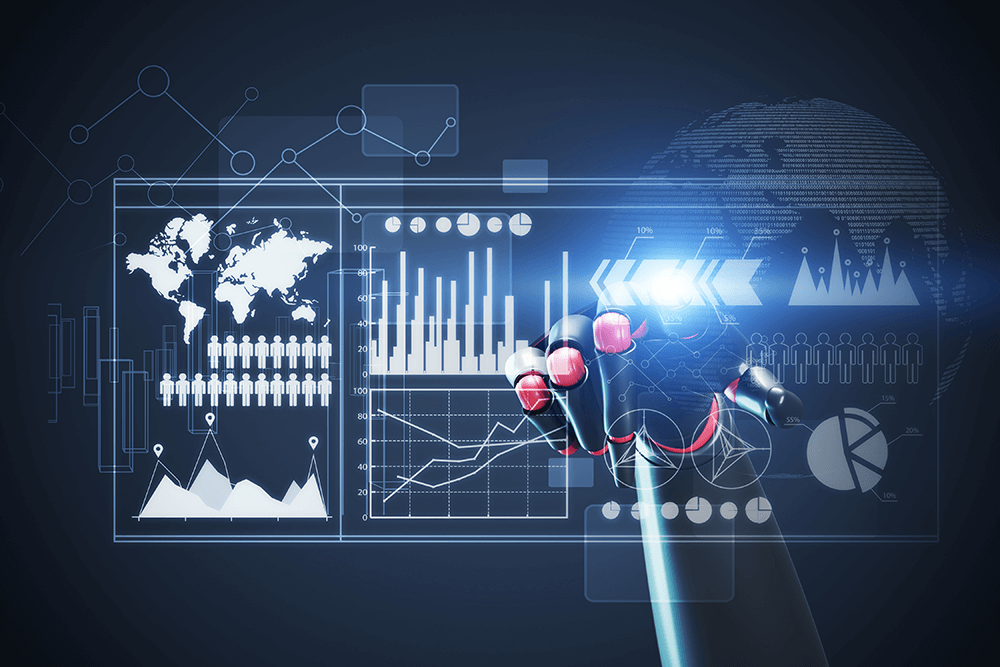
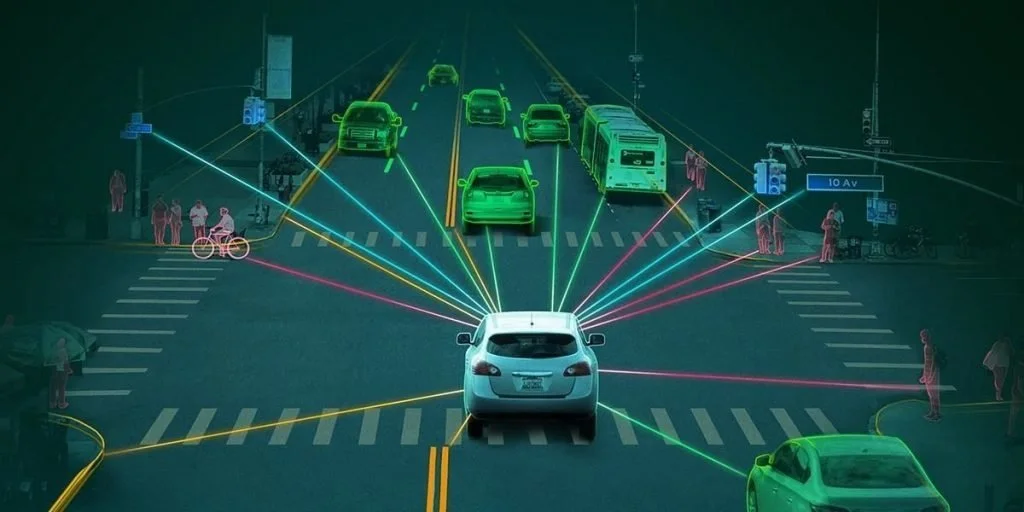
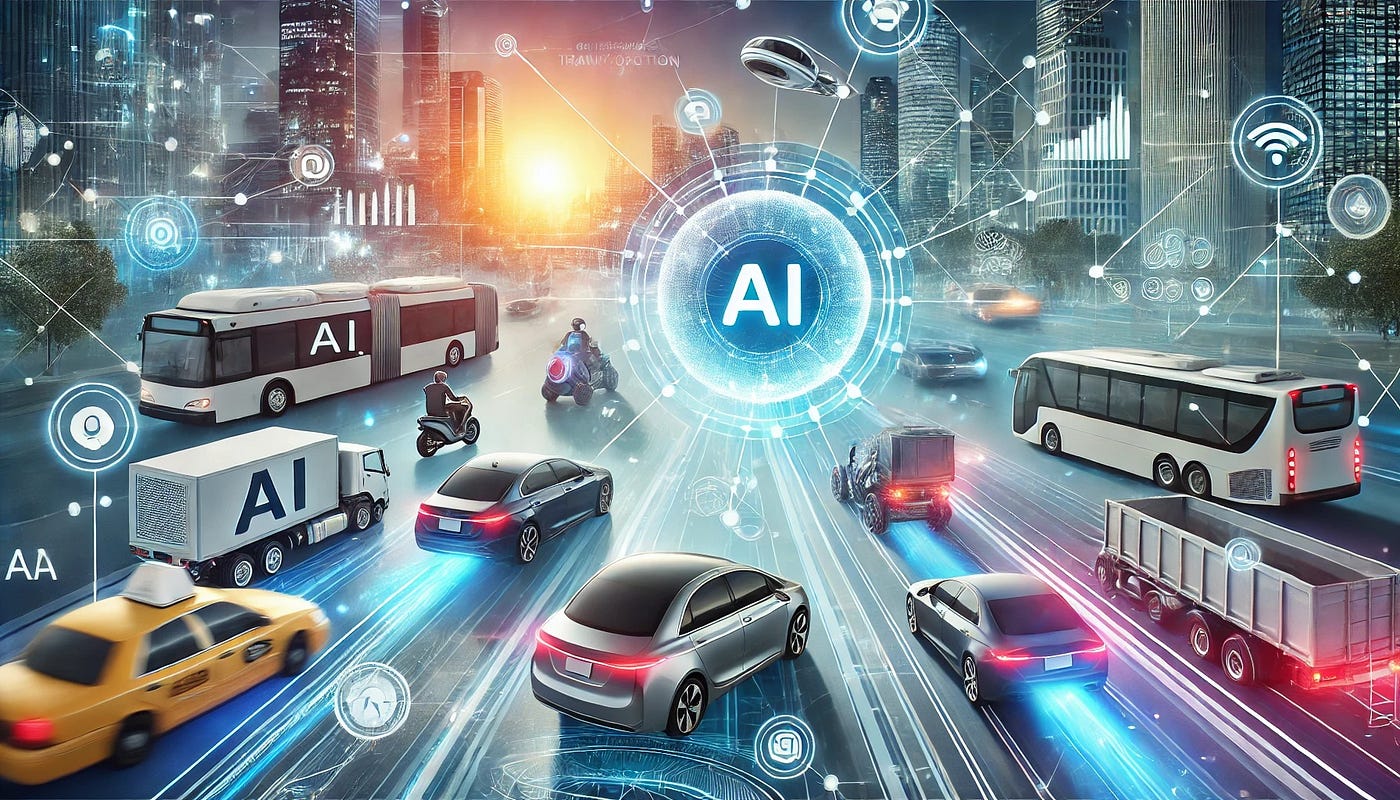
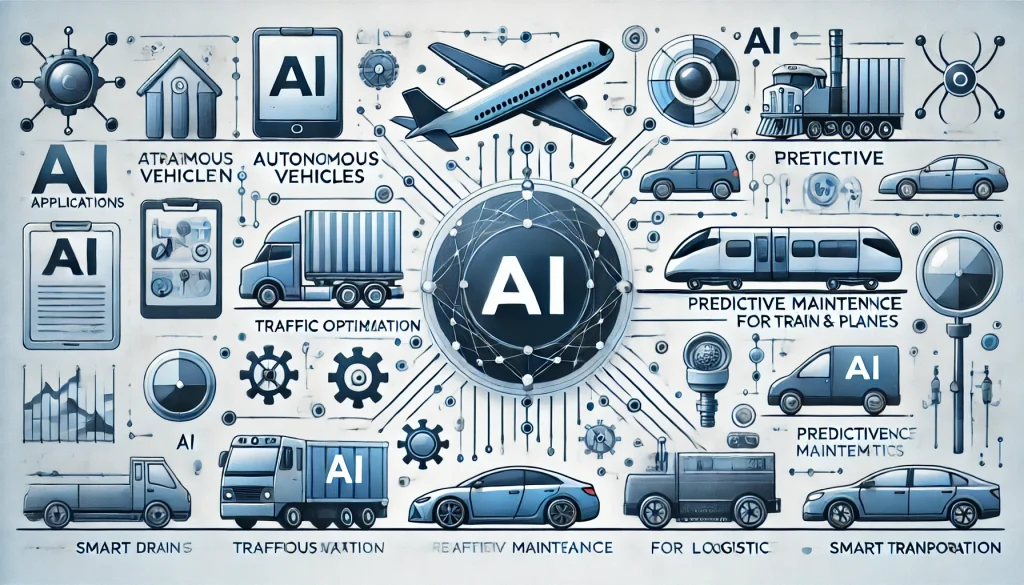
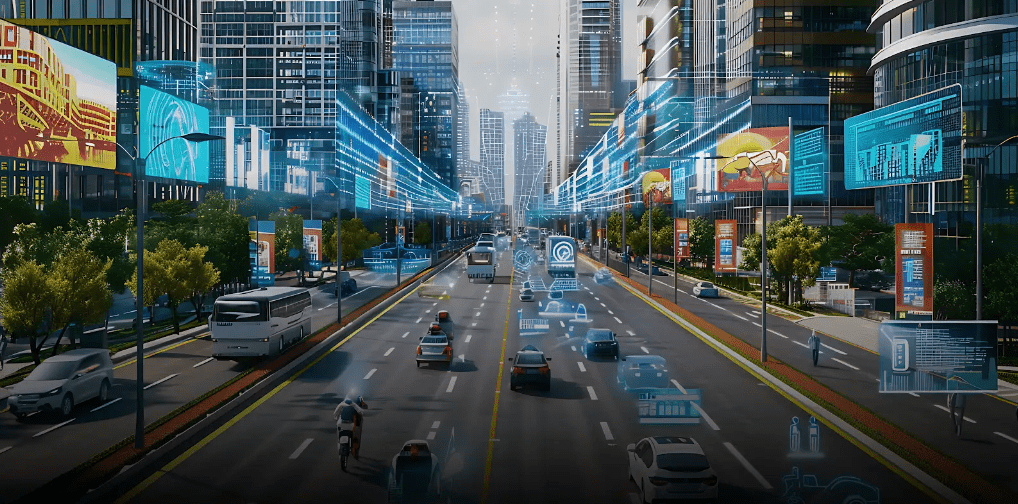
Leave feedback about this